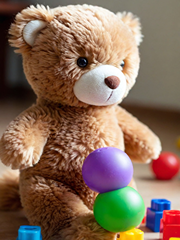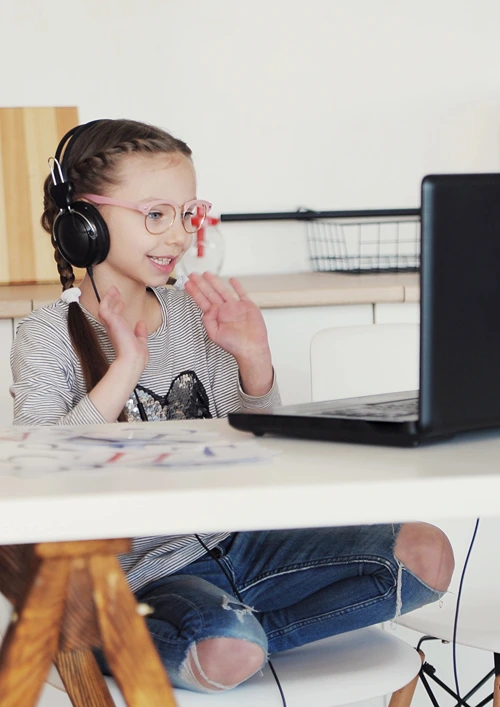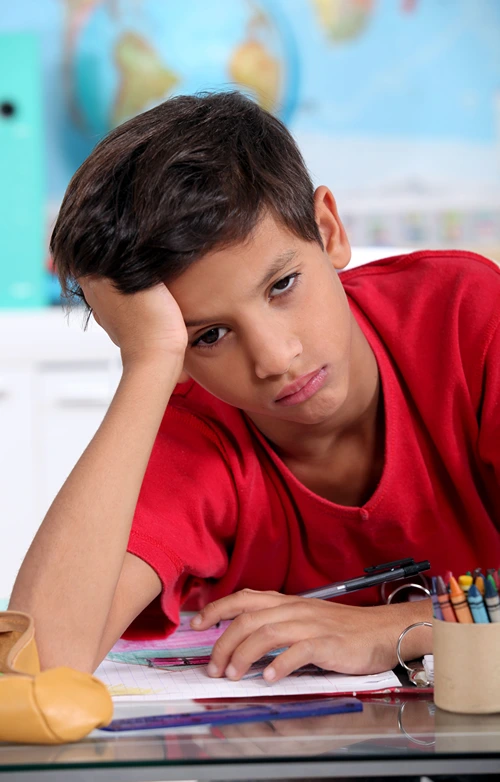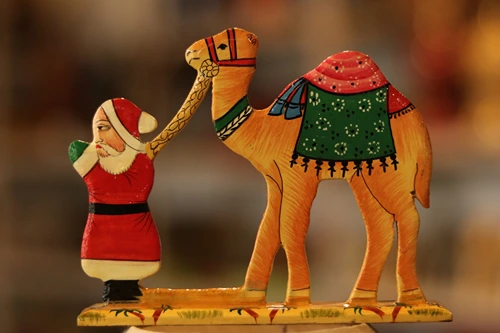The internet, while a powerful educational resource, presents a double-edged sword for today’s learners. Children often dive into digital learning with enthusiasm—only to quickly feel overwhelmed by chaotic tabs, notifications, and content overload.
From juggling multiple assignments to navigating school platforms, emails, and cloud folders, the lack of a centralized structure makes it hard for young minds to stay on track. While adults may have developed routines to manage this influx of information, children are still learning how to filter, prioritize, and process what they see on screen.
Digital disorganization leads to more than missed homework. It affects a child’s confidence, increases stress, and can even result in poor academic performance. Without a clear framework for how to plan, think, and act online, many students drift between tasks or get stuck at the start. This is especially true for kids with neurodivergent needs like ADHD, for whom scattered online environments amplify existing concentration challenges.
Why Structure Matters: The Digital Struggles of Modern Students
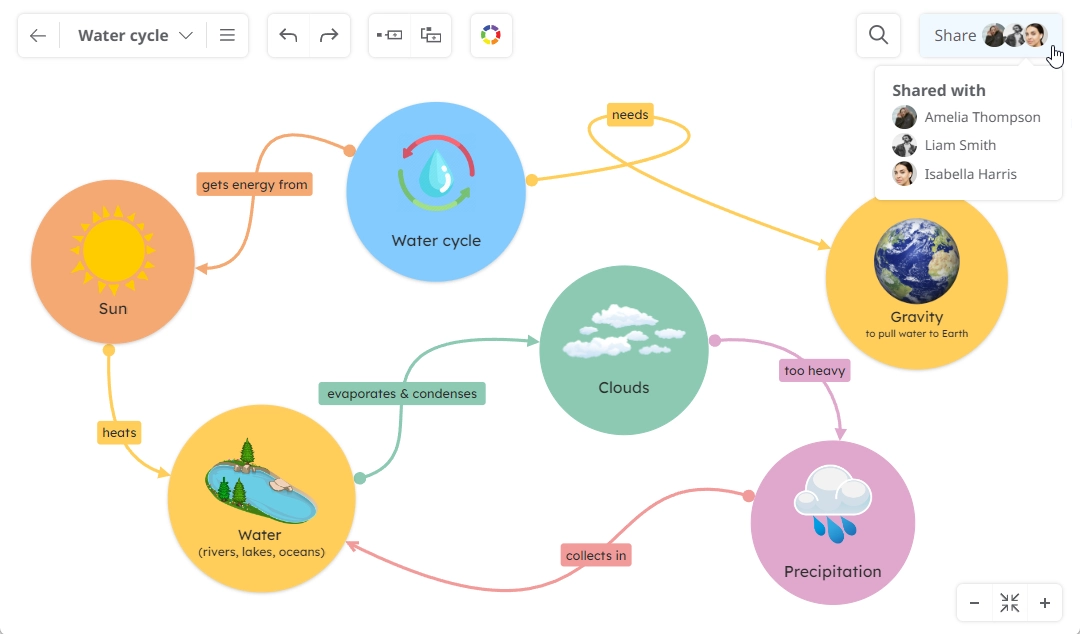
Educators and parents alike are beginning to recognize that supporting kids online requires more than a good Wi-Fi signal—it requires cognitive clarity. One effective way to introduce that clarity is through visual structuring techniques like Mind Map Ideas for Students, which help break down complex tasks and support clear, goal-oriented thinking from an early age.
“Digital organization isn’t just a nice-to-have—it’s the foundation for mental clarity and effective learning in a fast-paced world.”
What Makes Visual Thinking Tools Ideal for Young Learners?
Children process information differently than adults. While some thrive with linear to-do lists, many younger learners—especially visual or kinesthetic types—benefit more from spatial, color-coded, and image-based planning. That’s where tools like mind maps become so powerful. They don’t just deliver structure; they allow kids to create their own learning frameworks. Instead of being passive consumers of online content, students become active organizers of their thoughts, ideas, and tasks.
Using a mind map creator like Mindomo, kids can build personalized visual diagrams that reflect how their brain works. These tools tap into natural learning strategies—connecting ideas like a branching tree, categorizing concepts by color or icon, and placing visual emphasis on important topics. This fosters not only retention but understanding. When a child maps out the structure of a story, outlines the causes of a historical event, or diagrams a science experiment, they aren’t just memorizing—they’re internalizing. Tools like Mindomo provide safe and structured software for mind maps, helping students stay focused, organized, and engaged—without digital distractions.
The flexibility of these platforms also plays a key role. A rigid planner may discourage younger kids who crave autonomy, while a flexible digital map gives them a sense of ownership over how they learn. And for those who need guidance, templates provide structure without stifling creativity. Whether used in the classroom or at home, these tools empower children to approach online learning with clarity and confidence.
Top Features to Look for in a Mind Mapping Tool for Kids
Not all digital tools are created equal—especially when it comes to meeting the developmental and educational needs of children. When selecting a mind mapping platform for young users, it’s essential to focus on more than just aesthetics. The right software should be intuitive, engaging, and age-appropriate, while also providing enough structure to support meaningful learning outcomes. A clunky interface or overly complex features can frustrate children and prevent them from engaging with the tool altogether.
Ease of use is perhaps the most critical aspect. Children should be able to open the tool and start creating with minimal instruction. Drag-and-drop functionality, visual cues, and colorful themes are particularly helpful. Accessibility across devices is also key—kids often switch between school computers, tablets, and home laptops. Cloud-based sync ensures continuity, while offline capabilities offer flexibility in areas with limited internet access. Moreover, privacy cannot be overlooked. Parents and educators need reassurance that their child’s data is secure and not exploited for advertising purposes.
Look for these features when choosing a tool:
- Simple user interface that encourages creativity without technical hurdles
- Pre-designed templates for school subjects and age-specific tasks
- Child-friendly design elements like stickers, emojis, and bright colors
- Collaboration options so children can work together on group projects
- Automatic save and version history to track progress or recover ideas
An effective platform balances structure with playfulness. It should invite kids in with fun visuals, then guide them toward productivity through organization and clarity.
How Mind Mapping Supports Academic Success Across Subjects

Mind mapping isn’t a one-size-fits-all technique limited to a specific subject—it’s a cross-disciplinary tool that adapts to nearly any curriculum. Its strength lies in its ability to externalize the way children think, giving form to mental associations, sequences, and hierarchies. By translating internal cognition into visual space, mind maps help children make sense of what they’re learning—whether it’s a literary theme, a scientific process, or a complex timeline.
To highlight its versatility, here’s a breakdown of how different school subjects benefit from visual mapping:
| Subject Area |
How Mind Maps Help |
| Language Arts |
Structure essays, brainstorm characters, outline story arcs |
| Science |
Diagram systems (e.g., ecosystems, the human body), map scientific methods |
| History |
Build cause-and-effect timelines, connect historical events or figures |
| Math |
Visualize formulas, organize problem-solving steps, show relationships |
| Foreign Languages |
Create vocabulary webs, group verb forms, link grammar rules |
These academic applications aren’t just about performance; they enhance cognitive understanding. When a student maps out an essay structure visually, they grasp not only the sequence of their argument but also its internal logic. When they use a mind map to connect historical events, they see patterns emerge, making abstract content feel more concrete.
Moreover, teachers report that students who use mind mapping tools tend to exhibit greater engagement, improved memory retention, and stronger project planning skills. It becomes easier for them to start tasks, follow through with them, and evaluate their own work. In this way, visual organization boosts both competence and confidence—two core ingredients for long-term academic success.
These benefits are also reflected in higher education: a peer-reviewed study on nursing students found that concept mapping significantly enhanced learners’ critical thinking, organization, and content retention—clear evidence of how academic applications of mind mapping extend beyond school into professional training environments.
Real-Life Scenarios: Kids Using Mind Mapping to Stay on Track
While theory and features are important, nothing brings a concept to life like real examples. Children across different ages and backgrounds are using visual mapping tools in diverse ways—each tailored to their unique learning needs. These real-life scenarios show how mind mapping can be a practical and engaging part of a child’s daily academic routine.
On a broader scale, real-world implementations of visual learning tools can be seen in innovative educational initiatives such as Panama’s national rollout of digital concept mapping, where students improved math skills and comprehension through guided visual organization. This large-scale effort is detailed in the article Concept Maps Go to School, which shows how even tools developed for scientists can become transformative in classrooms around the world.
Take Timmy, age 10, who used to get overwhelmed by his weekly homework list. With a simple visual task board built in a mind map, he now breaks down assignments into manageable steps, adds deadlines, and checks off progress. It’s no longer a jumble in his head—it’s a colorful, organized map he controls. Or consider Sara, 13, a multitasker balancing school, ballet, and family duties. She created a personalized planner using a mind map, mapping out blocks for schoolwork, practice sessions, and leisure time. This visual balance helped reduce her anxiety and gave her a clearer overview of her week.
Leo, a curious 12-year-old preparing for a science test, built a study guide by turning textbook chapters into branches, each with images, definitions, and experiment links. Nina, just 9, crafted a story map filled with icons, emotions, and character arcs—helping her write her first short story. These cases reveal how visual planning doesn’t just support academic success, it nurtures creativity, independence, and motivation.
One of the reasons these experiences are so positive is the comprehensive support Mindomo offers. It provides a library of templates for everything from book reports and science projects to grammar exercises, making it easy for children to get started with a framework already tailored to common school tasks. Moreover, with Google Classroom and LMS integration, teachers can easily assign and collect work without adding more complexity to their digital ecosystems. Mindomo also allows students to collaborate safely on shared projects, supporting teamwork and communication in a controlled, child-friendly environment. This is especially beneficial for remote learning setups or cross-class projects. Most importantly, it keeps learning visual, interactive, and fun, which is exactly what children need in today’s digital world.
A Practical Guide for Parents and Teachers to Get Started
For many parents and educators, introducing a new tool can feel like one more item on an already overflowing to-do list. But getting started with mind mapping software doesn’t have to be complicated—especially when the goal is to make life easier for both kids and adults. The key is to start small and tie the tool to something the child already cares about.
A great first step is to co-create a mind map around a fun topic, like planning a birthday party or visualizing a favorite book. This low-pressure approach helps children become familiar with the interface and develop a sense of ownership. Once the basics are in place, the map can gradually be applied to schoolwork—maybe outlining a report or visualizing a science experiment. Encouraging weekly check-ins, even for just five minutes, can help form habits without turning it into a chore.
Here’s how you can make the introduction smooth and effective:
- Set up the first map together with a clear and fun objective
- Choose a template that matches a current school task to reduce setup time
- Let your child personalize the layout with icons, images, and colors
- Encourage use across different subjects to build consistent habits
- Celebrate completed maps and reflect on what worked well
These steps help reinforce that digital tools aren’t just another layer of screen time—they’re instruments of clarity and empowerment. By making visual organization a regular part of a child’s academic journey, adults equip them with lifelong skills that extend far beyond the classroom.

